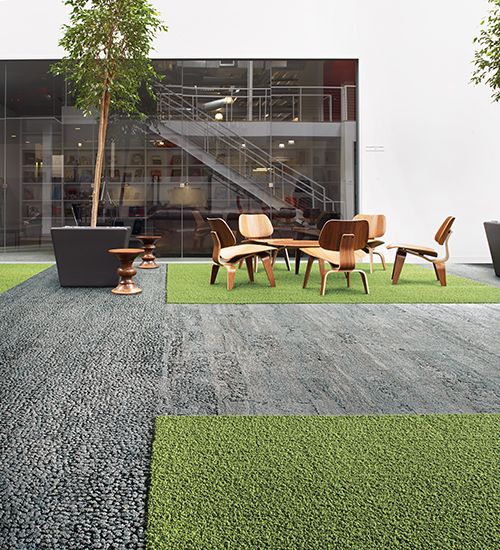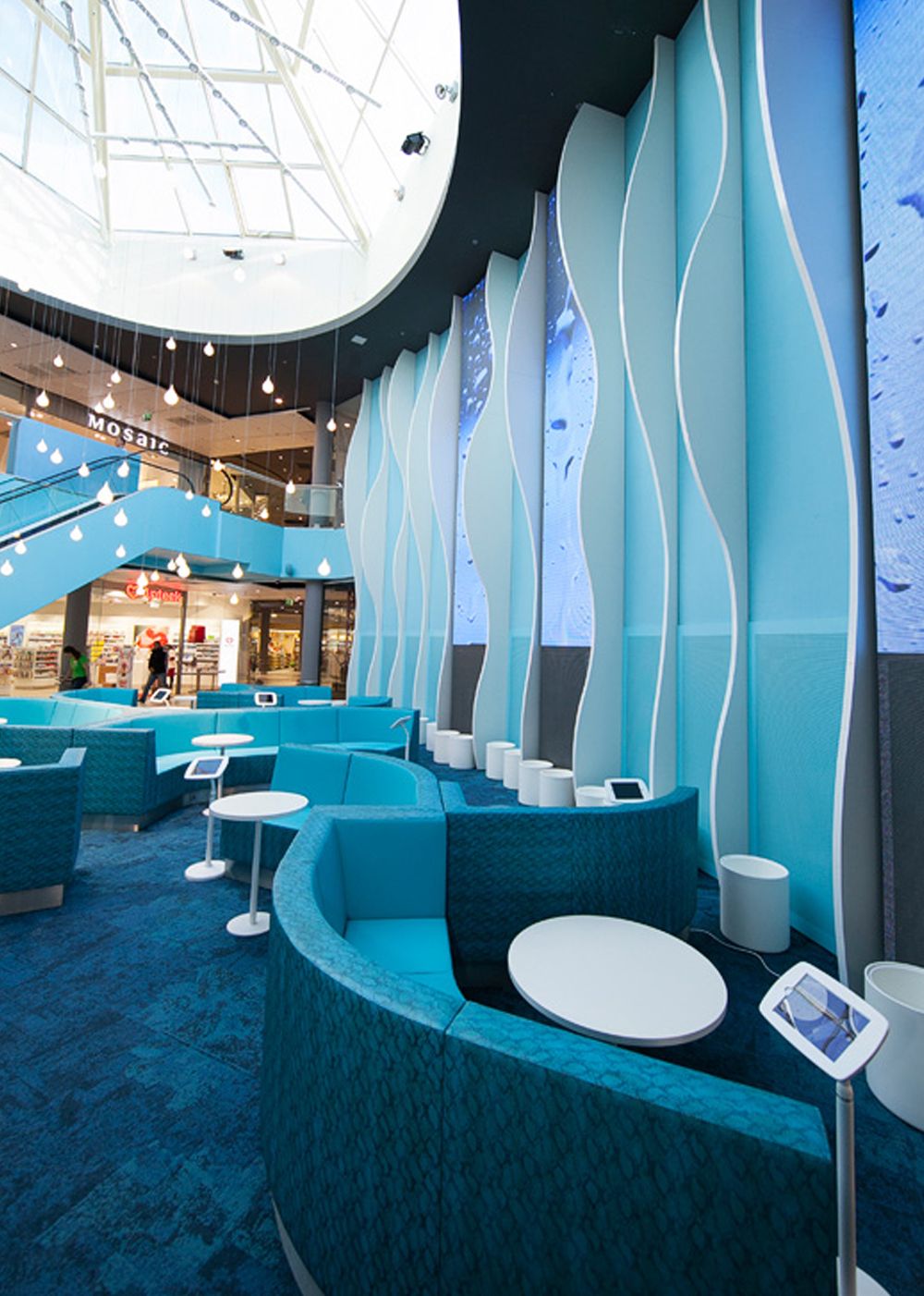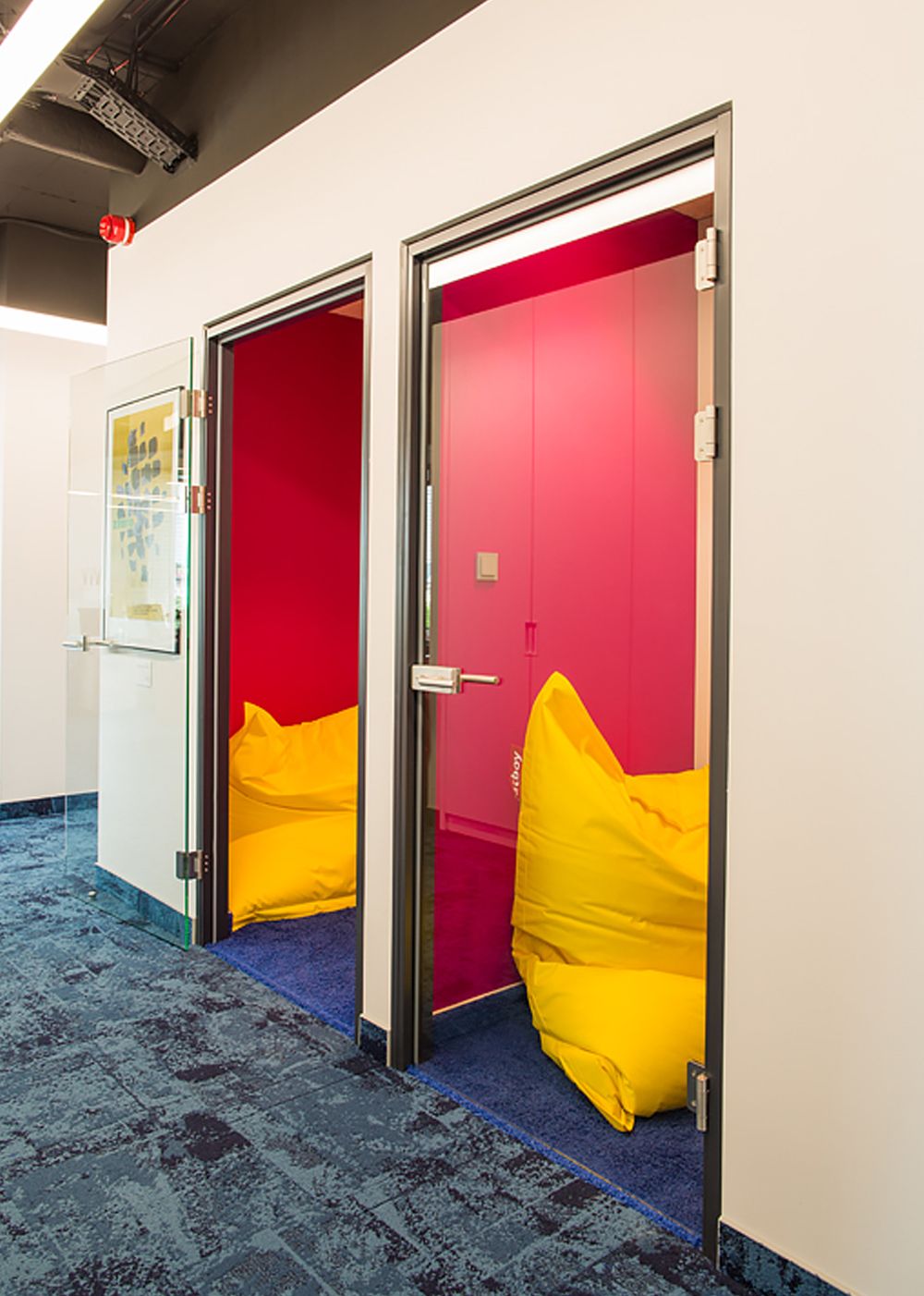In a post-COVID-19 world, emotional wellbeing will become more important than ever.
Regardless of what our built spaces look like in the future, it makes sense that we need to give more thought to how they make us feel. Within the fields of biophilic design and environmental psychology, there’s a growing body of research identifying how the design of our environments can impact our overall quality of life .
Considering we spend the majority of our lives indoors, can we use this research to support emotional wellbeing?
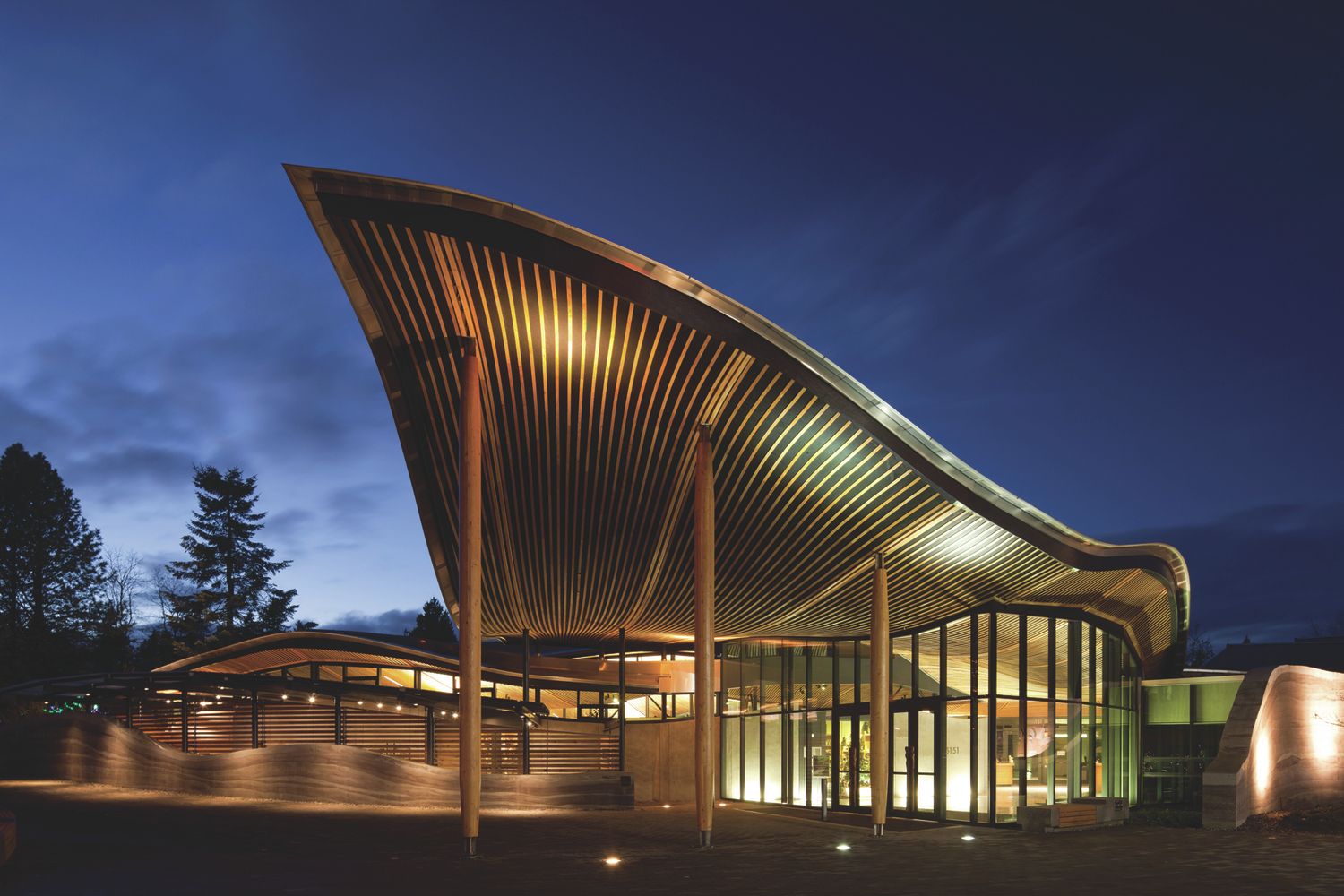
Curvilinear forms emulating nature intrigue the senses and support wellbeing. Image courtesy of Perkins + Will
What is emotional wellbeing and how do we design for it?
Emotional wellbeing can be defined as experiencing frequent positive emotions, moods and ability to pursue self-defined goals. Having a healthy state of emotional wellbeing has been linked to an overall increased quality of life, improved happiness and even improved learning performance. Given we spend nearly 90% of our lives inside buildings, it’s important to explore the emotional benefits we can foster with the design of our everyday spaces.
There are many factors to consider such as personal, organizational and cultural preferences. Frameworks such as WELL, FitWEL and the Living Building Challenge are doing an inspiring job with actionable approaches that support diverse overall wellbeing. Additionally, research in wellbeing frequently points to encouraging mindfulness, being present in the current moment, and experiencing gratitude as key elements fostering emotional wellbeing.
The incorporation of biophilic design and connection with nature is frequently identified within these approaches as a key emotional wellbeing support strategies. To better understand how biophilic design can impact our emotional wellbeing, let’s look at what happens when we’re not living in the present moment.
Natural forms, an ample eco-system of spatial types and diversity of scales reflect characteristics of biophilia — engaging us in the present moment, while also encouraging appropriate spacing between people.
Autopilot can be detrimental to our health
I remember the moment Dr. Meldrena Chapin, one of my graduate school professors, shared the idea we make nearly 50,000 decisions every time we walk through a door!
Our class was shocked, but once we thought critically about it, the statement resonated well. The simple act of going through a door could include numerous questions and decisions: Is this safe? Am I safe? Is this a door? Where is the handle? What do I need to do to open the door? Do I put my left foot first or my right foot? What do I think is on the other side of the door? Etcetera, etcetera.
All of this occurs in an instant.
If we had to consciously make these types of decisions all day, we’d likely get extremely overwhelmed. In our highly-stimulating world, our bodies go into survival mode, putting us into an automatic or autopilot state when performing actions we know and do often. According to recent studies, we spend nearly half of our lives in autopilot. Add to this the additional stress of decision-making brought on by the global pandemic, and we’re potentially putting our mental and physical health at risk without even realizing it.
In contrast, being mindfully present has been linked with positive effects such as increased neurological activity, reduced stress and increased happiness. So, how can we get out of autopilot and into a state of presence more often?
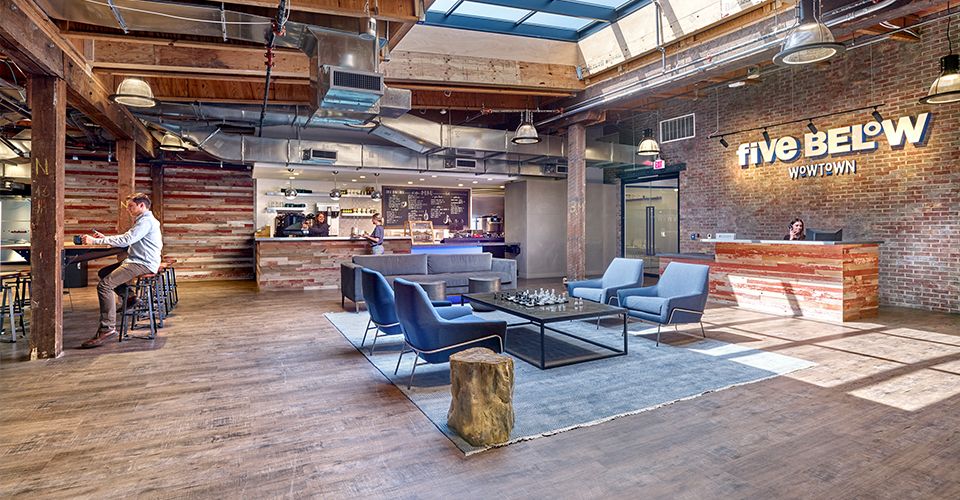
Daylight, regional natural materials and generous open areas provide a calming environment while encouraging group distancing in an inclusive way. © Cameron Campbell/Integrated Studio
Designing for emotional wellbeing with biophilia
When we incorporate biophilic design into our buildings, we engage our senses. Engaging our senses brings us out of autopilot and into the present moment.
Biophilic design has profound benefits to engaging our senses and supporting emotional wellbeing: reduced cortisol levels (a marker of our body’s stress response), increased kindness, improved learning engagement and increased social connectivity. Beyond supporting emotional wellbeing, it has even been shown to positively impact an organization’s financial wellbeing through increasing focus and productivity, for example.
Shane Totten, architect and Director of Research + Education at Southface, an Atlanta based non-profit leader promoting sustainable homes, workplaces and communities, shares,
“When you utilize biophilic design principals in the built environment, you’re fostering a strong sense of connection, sense of order and sense of safety. Thinking about Maslow’s hierarchy of needs, if you don’t feel safe, you’re not able to aspire to higher levels of wellbeing. Biophilia allows us to feel safe, supported and present. With these needs met, we can therefore more easily aspire to the higher levels of wellbeing, happiness and achievement.”
While biophilic design is most successfully integrated through a collaborative approach, consider the below research-driven opportunities to help you start utilizing biophilic design to support emotional wellbeing.
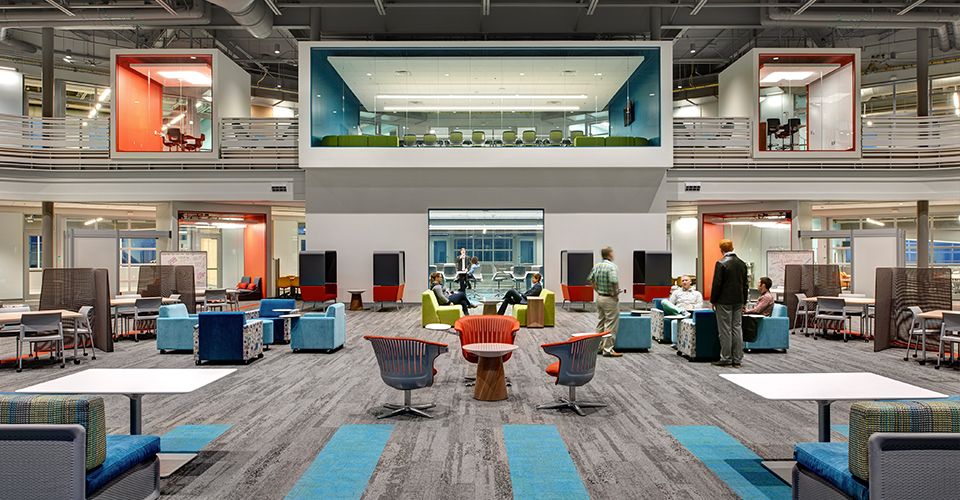
Diverse settings integrating individual seating options provide choice and control of the space while promoting visual captivation and distancing.
Integrate diverse space types
1. Design a range of solutions to support people’s evolving needs. In the workplace, for example, we go through four essential modes of work throughout the day: focus, collaboration, learning and socialization. Incorporating an ecosystem of settings throughout the space provides people with a sense of choice and control. This autonomy supports increased happiness.
- A variety of spaces that ensure appropriate distancing can include: small focus rooms, central spacious community areas (allowing safe co-habitation), or semi-private meeting spaces adjacent to workstations. This variation fosters wellbeing by supporting our diverse work styles and aligning more closely with the ecosystem of settings found in nature.
2. Design for Prospect and Refuge by integrating a range of open and closed spaces that allow for clear sight lines throughout the space, which provides prospect and a sense of safety. Smaller enclosed spaces such as booth seating and one-person study rooms with semi-transparent doors are examples of areas of refuge which provide security and comfort.
Foster an engaging and sensory experience
1. Introduce regional physical elements that encourage us to pause, shift out of autopilot, and visually appreciate the material in that present moment. Examples include local wood grains; carpet of varying pile heights which reflects local natural patterns; exposed brick textures; wall-mounted acoustical tiles; and natural fibers reflecting regional textures.
2. Integrate intriguing patterns such as fractals evoke a state of curiosity, mystery and exploration. This can help engage us in the present moment, fostering an improved state of emotional wellbeing.

Trees capture changing shadows engaging our senses to see dynamic shifts throughout the day and seasons.
Celebrate movement, the passage of time and a sense of place
1. Incorporate strategies that provide people access to sunlight throughout the day. Daylight supports emotional wellbeing by aligning our circadian rhythms—our body’s internal clock.
2. Incorporate non-rhythmic moving elements such as water features, mobiles, and sculptural focal points that receive direct daylight throughout the day. Since shadows move throughout the day, this can prompt an awareness of the passage of time—supporting a sense of place and wellbeing.
Ultimately, as Shane Totten shares, “biophilic design provides a palette that engages the very senses and essences of human beings in the world. When successfully integrated, biophilic design can help us capture the true essence of place within our projects and ourselves, which provides us security and belonging.” As we now know, these foundational needs are essential pillars to supporting our overall emotional wellbeing.
Undoubtedly, our spaces impact us. We feel it. We know it. The practice of biophilic design for emotional wellbeing is growing, and research findings thus far show energizing possibilities. Most inspiring, is we have the ability to use these research-driven insights to positively impact those who learn, work, live and ultimately thrive in the spaces we have the honor of creating for them every day.
